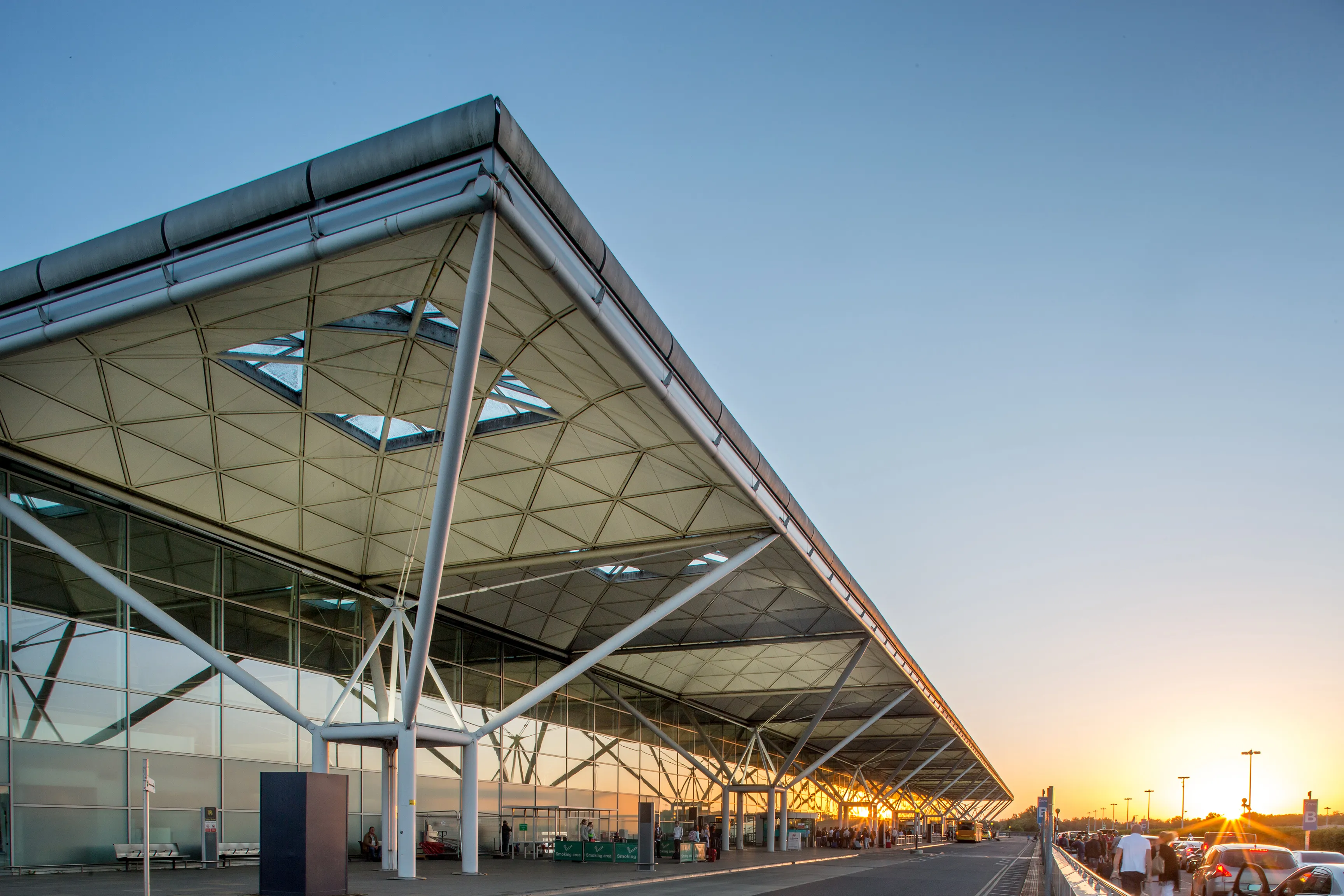Colin Sowman takes a look at the latest enforcement technology on display at Traffex.
An indication of just how far beyond spot speed and red light the enforcement sector has progressed was evident in the range of new and improved equipment on display at the recent
One of the key trends, particularly in the UK but also evident elsewhere, is the increase in average speed enforcement, according to RedSpeed’s managing director Robert Ryan, who predicts a big increase in installations this year. “The price point has reached a level authorities can afford,” he says, adding that this is a combination of lower equipment prices and (thanks to improvements in wireless transmission) reduced installation costs.
He expects most of the increase to be in simple point-to-point speed rather than the more complex zone control and says authorities are now more willing to listen to ideas and options rather than just tendering for equipment and services. “Increasingly authorities don’t come with fixed plans but want ideas – and talking is cheaper than digging holes,” he says.
As an example he highlights RedFusion Lite which is said to be ideal for rotating average speed enforcement policy - enabling specific zones to be targeted while retaining the overall deterrent.
Outside the UK, Ryan said increased demand for multi-functional equipment has led to the development of the RedSpeed 2, a radar-based fixed speed and red light camera which also streams video for traffic monitoring and comes with inbuilt illumination.
Smart bump conducive to compliance
TransCalm is a stand-alone bolt-down speed hump designed to persuade drivers to comply with the limit in 32km/h (20mph) zones and described as ‘responsive speed control’ by its manufacturer,
Another enforcement specialist,
There is an option for off-axis IR floodlighting and the technology is said to work with all existing traditional and LED traffic lights. The unit contains a SIM card so when a vehicle of interest is detected, encrypted ANPR, contextual and video clips can be wirelessly transmitted via 3G/4G networks or other methods. While requiring only a power connection makes the unit easy to move from one location to another, Collins says health and safety considerations, traffic management and reconfiguration requirements make such less attractive for authorities. Instead, with the cost of enforcement systems coming down, he says authorities are undertaking ‘virtual’ moves whereby the cameras remain in place but may not be permanently operational. This enables a balance between the need for enforcement and preventing motorists from feeling persecuted.
One of the global giants,
According to Siemens, the sensor can produce useable images in light levels down to 30 Lux and while the unit comes with a built in IR flash for ANPR, streetlights can provide enough illumination for the overview although an LED-based IR floodlight is also available. Frame rates are normally around 20fps (half the maximum) while exposure times of around 100 microseconds in daylight means blurring is not said to be a problem with vehicle speeds of up to 250km/h.
Visual triggering is standard, other methods can be accommodated, and an internal inclinometer enables the unit to determine its own field of view and base line corrections once the camera’s height is entered. Details of vehicles of interest are transmitted via 3G/4G or a VPN and there is a 128GB of internal storage to buffer data in periods when the network is unavailable.
While better known for road markings and signage materials, 3M was at Traffex with its latest TS500 camera system which has two zoom, rather than fixed focal length, lenses giving a 4m to 40m operating range. According to the company, this means the TS500 can cover all installations without needing to specify different lenses for each locations and therefore enables easier re-deployment. Once the unit is positioned, the zoom function enables the appropriate field of view to be selected before the lenses are locked in position. While the ANPR is usually performed using the IR camera, if required the colour overview can also be analysed to increase confidence levels. Infrared illumination is standard for night-time ANPR capture.
The cameras can be set individually and remotely and provide capture rates up to 54fps with 1280 x 960 resolution. Communications is again via 3G/4G and the system can be configured to collect journey time data as well as for surveillance/enforcement in car parks and other limited access areas.
On the
Enforcement of low emission zones (LEZs) and clean air zones (CAZs) is another matter concerning more and more cities striving to combat poor air quality. This prompted
The system is already in use to enforce weight restrictions and being video-based, this function can be added to existing camera systems. According to the company, this means the function can be installed and working in eight weeks and it also offers the package as a managed service with a quarterly fee and no up-front cost.
There are now more than 100 of Videalert’s school Keep Clear enforcement cameras in operation which have revealed a surprising number of violations. At some schools where the technology has been deployed violations have dropped to almost zero while at others they remain stubbornly high. The London Borough of Havering has gone one step further by introducing Public Space Protection Orders covering streets around schools which make anti-social driving a criminal offence. This has resulted in a 90% drop in traffic around schools during drop-off and pick-up times.
Finally, one of the more eye-catching displays was a prototype
What is clear from the exhibition is just how much innovation is still taking place in the enforcement sector.










